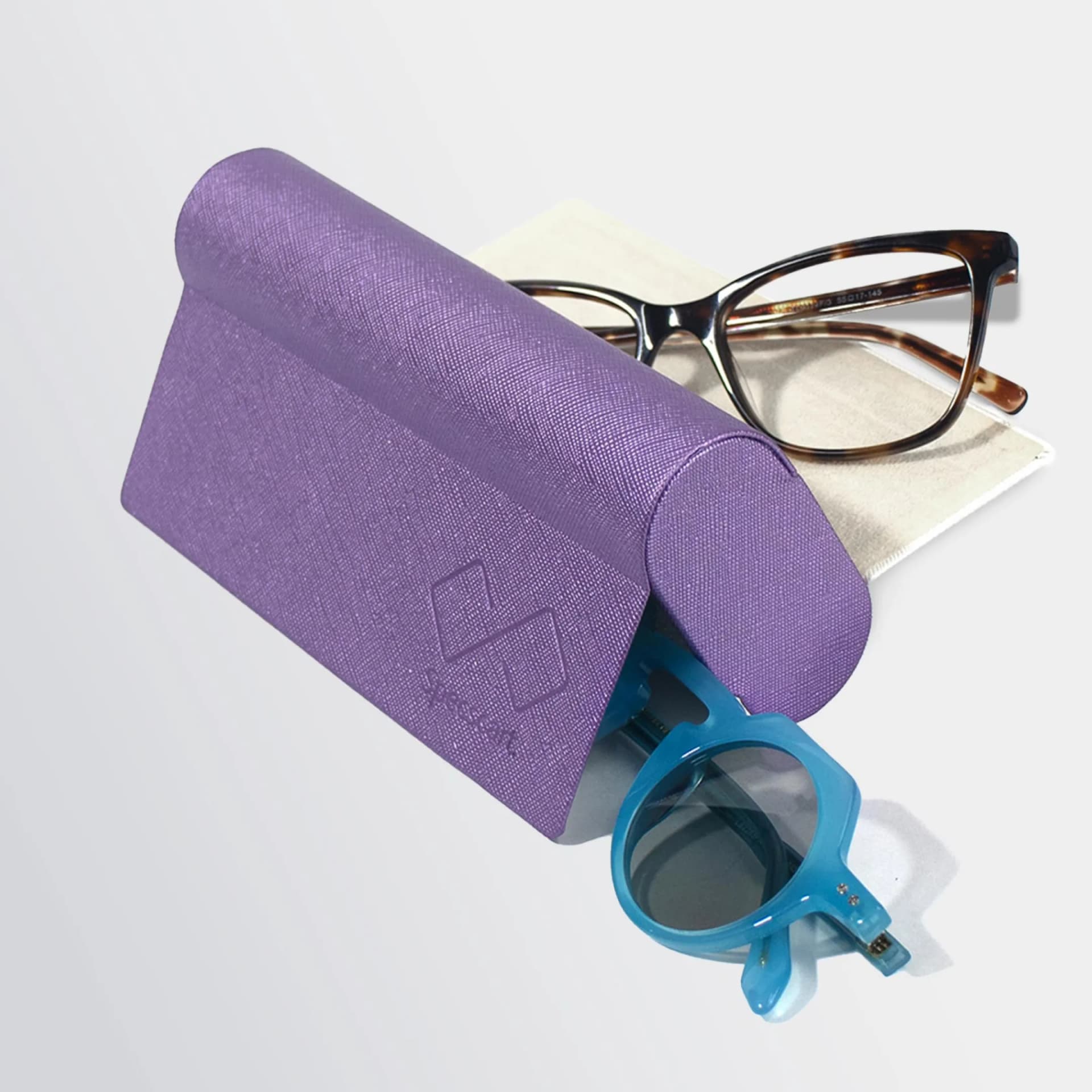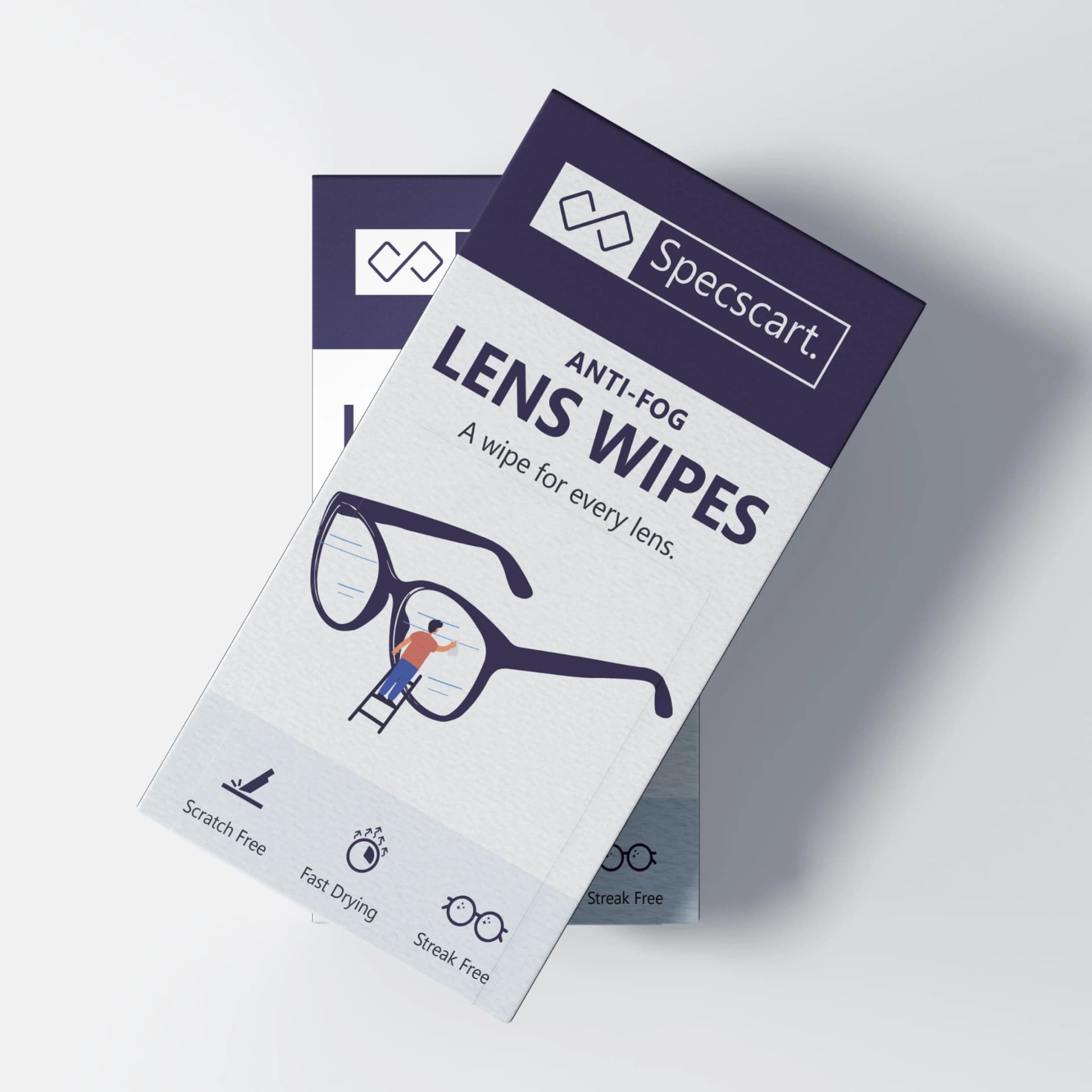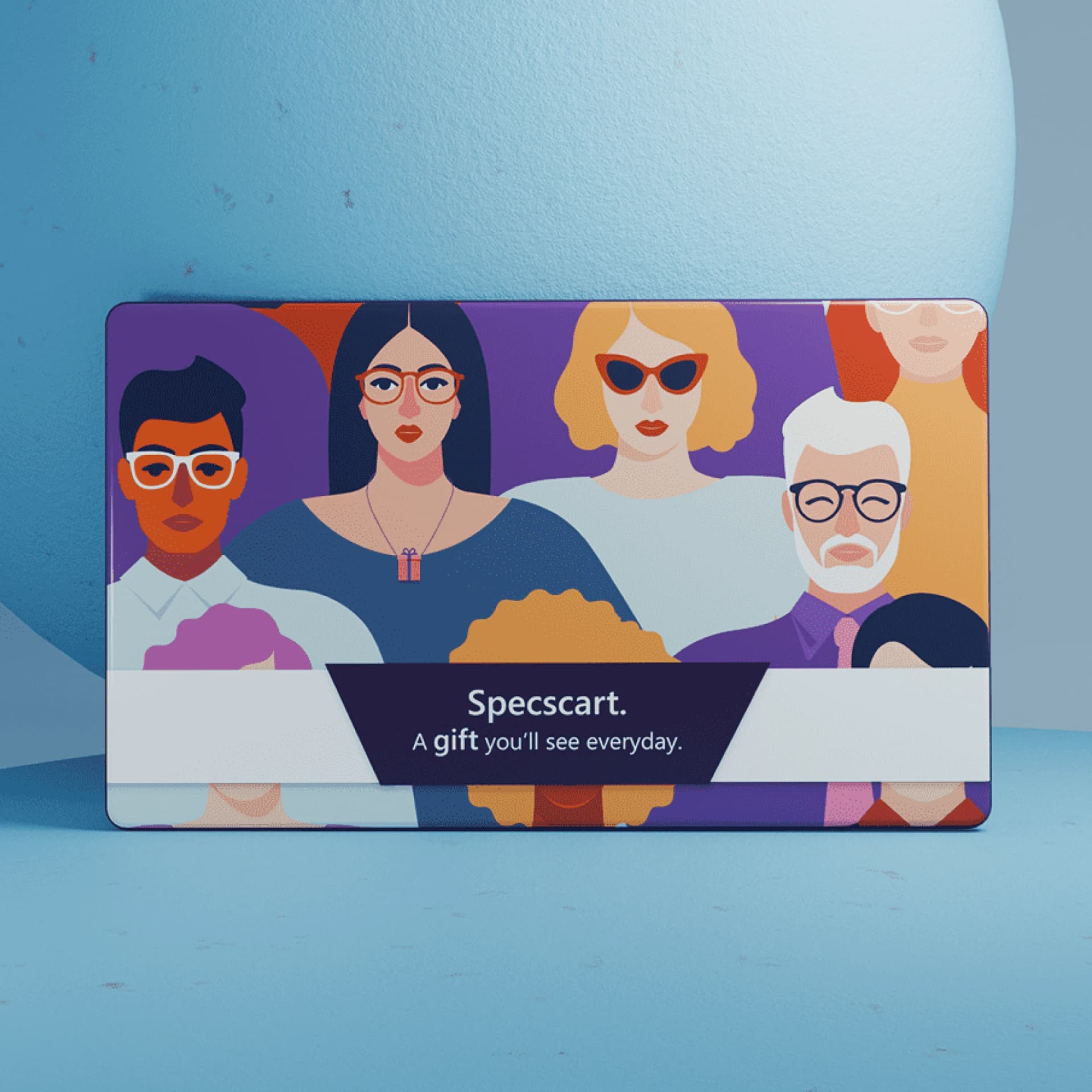Why Do Your Eyes Need Time to Adjust to New Glasses?

Content Manager
Adjusting to new glasses can be tricky, especially when you switch to new eyeglasses with a new prescription. It’s because your brain and eyes need some time to accept the change. Whether you are wearing spectacles for the first time or have updated your prescription lenses, you will take two to three days to adjust to your new lenses. Just know that it is perfectly normal to experience distortion and blurriness for the initial few days. Even when you buy a pair of new shoes, it does take some time for you to become comfortable with them. They might initially bite you, but gradually you get used to the material and fit. Similarly, you would take a few days to normalise your vision according to your new glasses.
Normally, doctors suggest that it will take two to three days to adjust to new glasses. However, in the case of varifocal lenses or in some unusual circumstances, you might take almost two weeks to come back to normal vision clarity.
Why Do Your Eyes Need Time to Adjust to New Glasses or a New Prescription?

Your eyes and brain usually need some time to adjust to new glasses as they change the way light enters your eyes. When you switch to a new pair of glasses or a new prescription, the brain needs to recalibrate how it receives and interprets the information to form a clear image. That’s why you need a couple of days for an adjustment period. However, the adjustment period doesn’t remain the same for everyone, and it can change depending on the individual as well.
For some people, it may take just two to three days to adjust to a new pair of glasses and return to normal vision. However, for others, the adjustment period can extend up to two weeks. The type of lenses plays a significant role in how quickly your eyes adapt.
Single-vision lenses usually require less time for adjustment, as your eyes only need to adapt to one viewing distance. In contrast, bifocal and varifocal lenses often take longer. Varifocal lenses, in particular, can require 1 to 2 weeks of adjustment, as they have three distinct viewing zones for near, intermediate, and distance vision.
Common Discomforts With New Glasses
Visual distortions
Eye strain
Dizziness
Nausea
Headaches
The Best Tips for Adjusting to New Glasses

Avoid switching to an old prescription or old glasses: Switching between two different prescriptions confuses your eyes and brain, making it harder for them to adapt. That’s why it’s crucial to stick to the new pair even if you face some initial discomfort.
Check the fit of your frame: If your frame is too tight or too loose, that will mean misalignment in the optical centres of the lenses. Our Free Try at Home 2.0 service allows you to try 4 frames of your choice with 3 demo lenses and a UV pen at your home, helping you choose the best fitting frame.
Confirm your prescription: If the problem continues for longer than two weeks, consult an optometrist to check if your glasses have the right prescription. Wearing glasses with the wrong prescription can be one of the reasons for continued discomfort.
Getting Used to Glasses for People with Astigmatism
One of the most common questions that we get is “How much does it take to adjust to new glasses for astigmatism?” The answer remains the same; it can take anywhere between a couple of days to around two weeks.
To Sum It Up
It’s completely normal to take a while to get used to your new pair of glasses. Whether you got a new pair of glasses, your prescription changed, you switched to a new pair of glasses with the same prescription, or you upgraded to varifocal lenses, you will need to give your eyes some time to get comfortable with the new viewing experience. If you have any specific questions that remain unanswered, you can feel free to reach out to our friendly customer support team via chat, email, or call.
Caution: You may become style obsessed
Your way finder
2000+ Trendy Styles

Fashion Forward Sunnies



















































